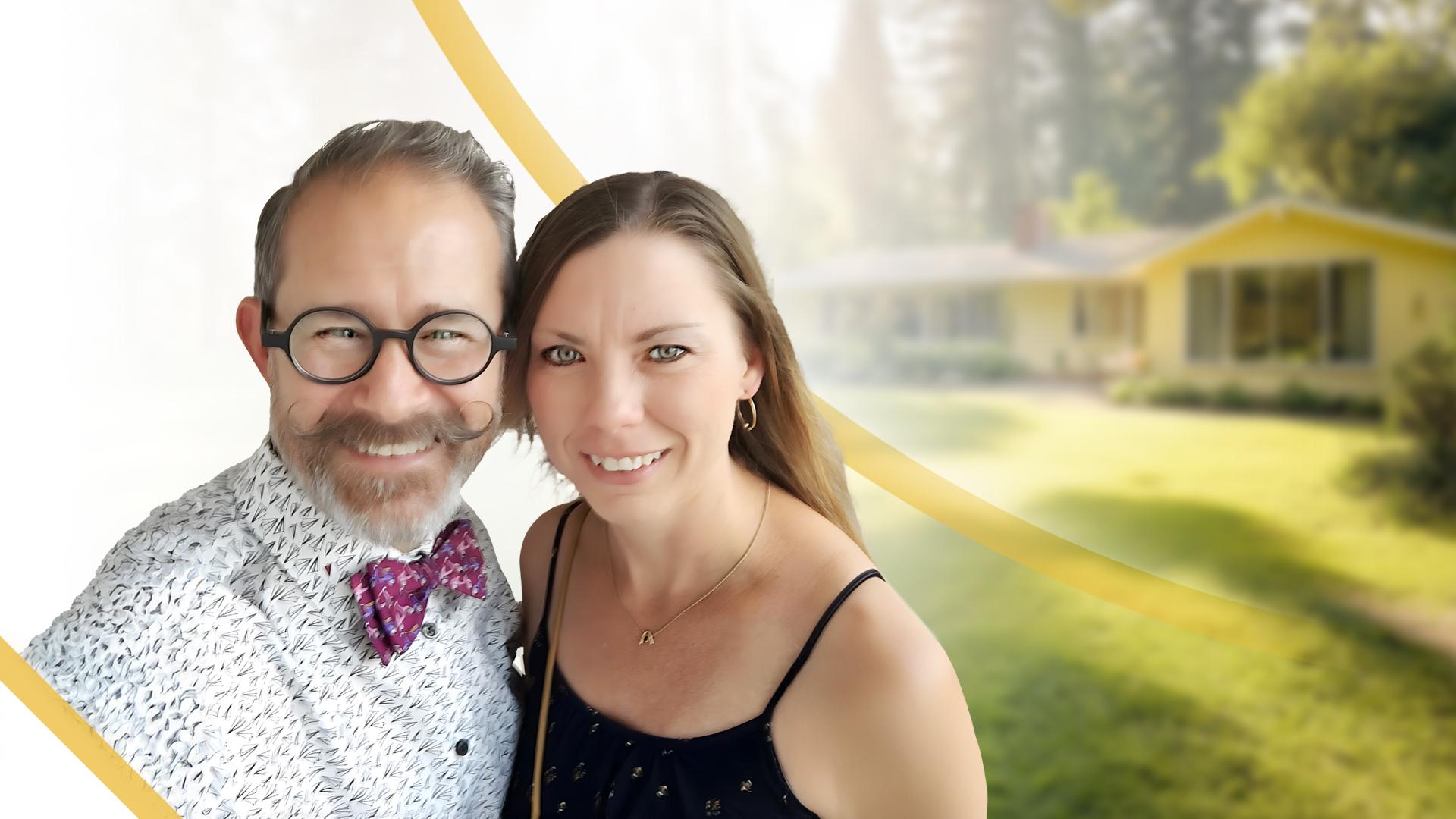
PadSplit allows Hosts Jennifer and Hunter to “be a part of the solution”
As longtime real estate investors and property owners, Jennifer and Hunter know a lot about different real estate asset classes and the pros and cons of each. None are without their headaches, they admit, with each bringing different incentives.
PadSplit, they say, appeals to their “do-gooder” hearts, while balancing their portfolio and earning solid returns. Because of this, they’re now entering their second year of being a host with two properties available through the platform.
“I have a checkered past myself,” says Hunter. “Someone took a chance on me, so I know what it feels like when you finally feel like you have an opportunity. Providing stability to the members in our home — that’s the big motivating factor for why we work with PadSplit.”
The PadSplit learning curve
Like anything new, their PadSplit experience has been a journey. Jennifer and Hunter first heard about coliving while touring the Academy Lofts renovation in the Atlanta neighborhood of Adair Park. He was impressed by the adaptive reuse and preservation of the building that now includes affordable micro-units.
During the tour, Jennifer and Hunter met up with a friend, Josh Stanton, who also served as a PadSplit host and realtor. Josh told the couple about PadSplit’s model and helped them find and renovate their first PadSplit property.
Jennifer concedes she wasn’t fully sold on the idea at first because running a “boarding house” wasn’t appealing. But when she toured other properties and learned about the social impact, she was ready to give it a try.
They note there is a learning curve with the model. For example, they reference how utility costs go up significantly because of more adults in a property. They also see more wear and tear because of the added foot traffic. And, there are the typical issues that arise with all property management, including nonpayments or misbehavior.
But they also state that any associated costs are balanced out with converting unused space to monetizable bedrooms, and if nonpayment does occur, the remaining residents continue to pay, versus it being “all or nothing” with a traditional single-family rental. Having extremely high, consistent occupancy is another benefit.
What they love most about PadSplit, however, is the social impact they’re making.
“We’ve had members who have been in the property for the entire two years, and we’ve gotten to know them,” says Jennifer. “It’s a great feeling when you can actually see and meet the people you’re helping. This crisis is huge, and PadSplit helps us to be part of the solution.”
Some residents in Jennifer and Hunter’s properties didn’t have credit scores and couldn’t access traditional rentals. Others faced trauma in their past and appreciate the community living PadSplit provides. With a great location in downtown Atlanta and the affordable rates, Jennifer and Hunter’s residents are staying long-term, with the average tenure being 16 months.
With their key learnings, the couple has now mentored other prospective PadSplit hosts. They’re honest about the pros and cons so investors can properly weigh their risk tolerance.
It’s all worth it
From their own experience, they tell prospects the learning curve is “all worth it” in the end because you can earn just as much as more than you could with other models (if not more), and you’re helping people who simply seek an opportunity.


